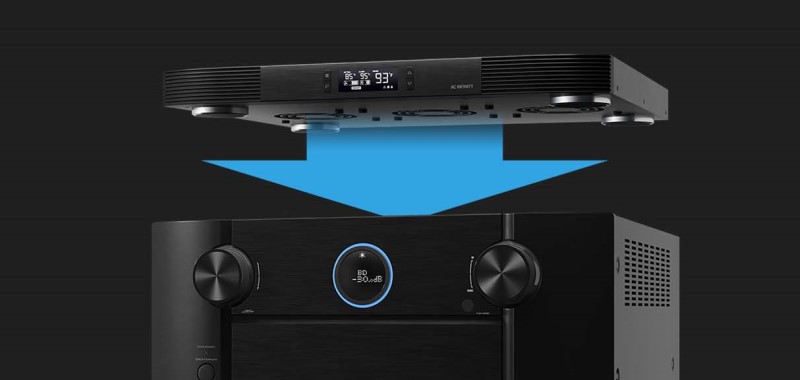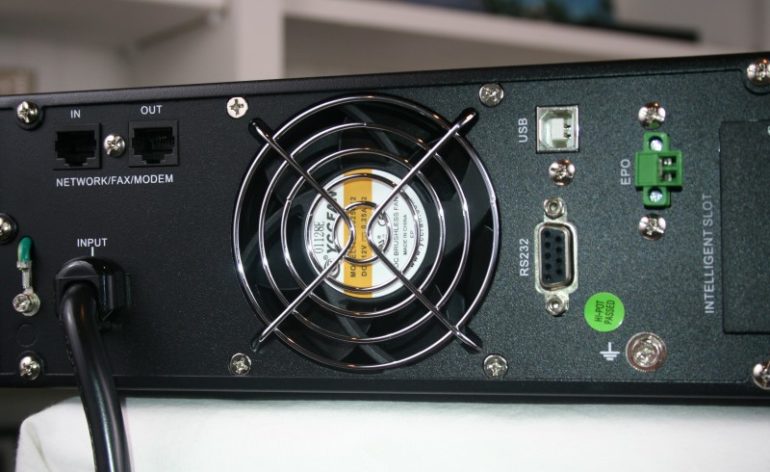Why Don’t AV Receivers (and Other Electronics) Have Fans?
One of the first things you’ll discover when you buy your first AV receiver is that it “needs to breathe.” Many AV receiver manufacturers suggest at least six inches of air above and some space to the sides of their devices. This allows for passive cooling. AV receivers, with their amps and processors, can get very hot if not allowed space around them for venting. Which begs the question: Why don’t electronics like AV receivers come equipped with fans? Surely, that seems like a simple solution to a fairly common problem? Let’s discuss!
Fans Can Be Problematic and Expensive
First, some AV electronics (like this one) do come with fans. So do most projectors. The biggest issue with fans is noise. An inexpensive cooling fan won’t be a quiet fan. Instead, AV receivers and electronics manufacturers would need to include more costly fans to reduce noise. Along with a fan, you also need to include some sort of filter. This will reduce the amount of dust and debris that would be pulled into your electronics by the fan. That filter? It will need to be cleaned or replaced. While a reoccurring filter replacement income might be attractive to the manufacturer, it probably isn’t worth the hassle.
This is because a fan is just one more thing that can go wrong with AV receivers or electronics. While other parts of your device might break and you not notice, you are going to notice if a fan starts to go bad and make a bunch of noise. Plus, a fan is another component to install and stock that increases the price of the AV receiver. Would adding a fan help with cooling? Sure. But putting in the manual that users need to give their electronics space for cooling is free. Plus, it gives them a reason to deny warranty claims.

Passive Cooling Works – Fans Just Cause Issues
Passive cooling isn’t just more cost-effective for the manufacturers, it also works. Even if users don’t give their AV receivers or electronics enough space, most will give enough to keep their devices within the safe range. Plus, few people are really pushing their receivers hard enough to have the amps give off considerable heat.
It is amazing how little many people seem to understand about heat. If manufacturers included fans, there is some percentage of people that would assume that those fans will work to cool their devices no matter where they are placed. These same people would put them in an enclosed cabinet and wonder why their devices were overheating! Circulating hot air inside a cabinet won’t cool your devices, no matter how many fans it has.
This leads to our last point – even with fans, AV receivers and other electronics still need access to some amount of air. This means that the instructions for placement would still stay the same – just the amount of needed space around the AV receiver could be reduced. Sure, that may sound like a selling point to some, but is it? If manufacturers are going to have to tell people to give some space around their AV receivers and electronics for the fans to work properly, why not just skip the fans and increase the space requirements?
Our Take
We’ve all heard the stories or seen the movies where the heartless corporation decides that settling lawsuits is cheaper than fixing a potentially deadly problem with their product. While this is certainly not the same scale, it is in the same vein. Adding fans to AV receivers and other electronics is nothing but a cost and a liability to manufacturers, Pushing the cooling requirements onto the owner makes a lot more business sense. We may not like it, but it is certainly understandable.


